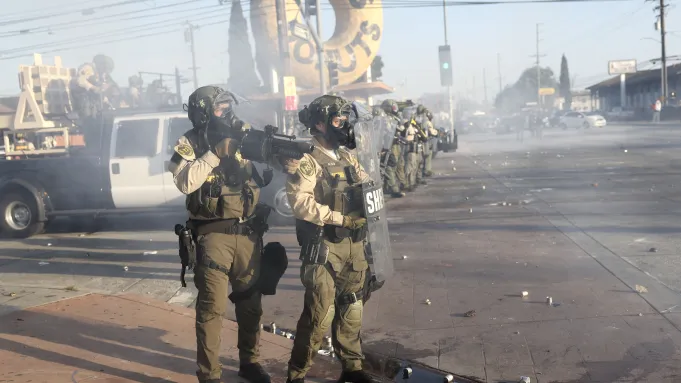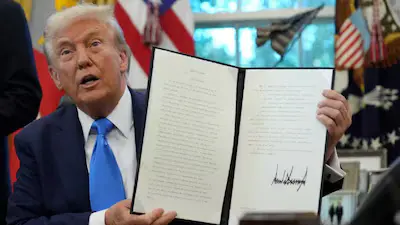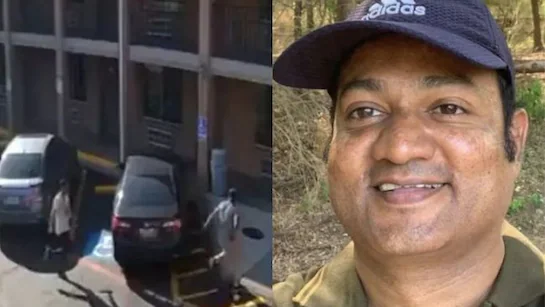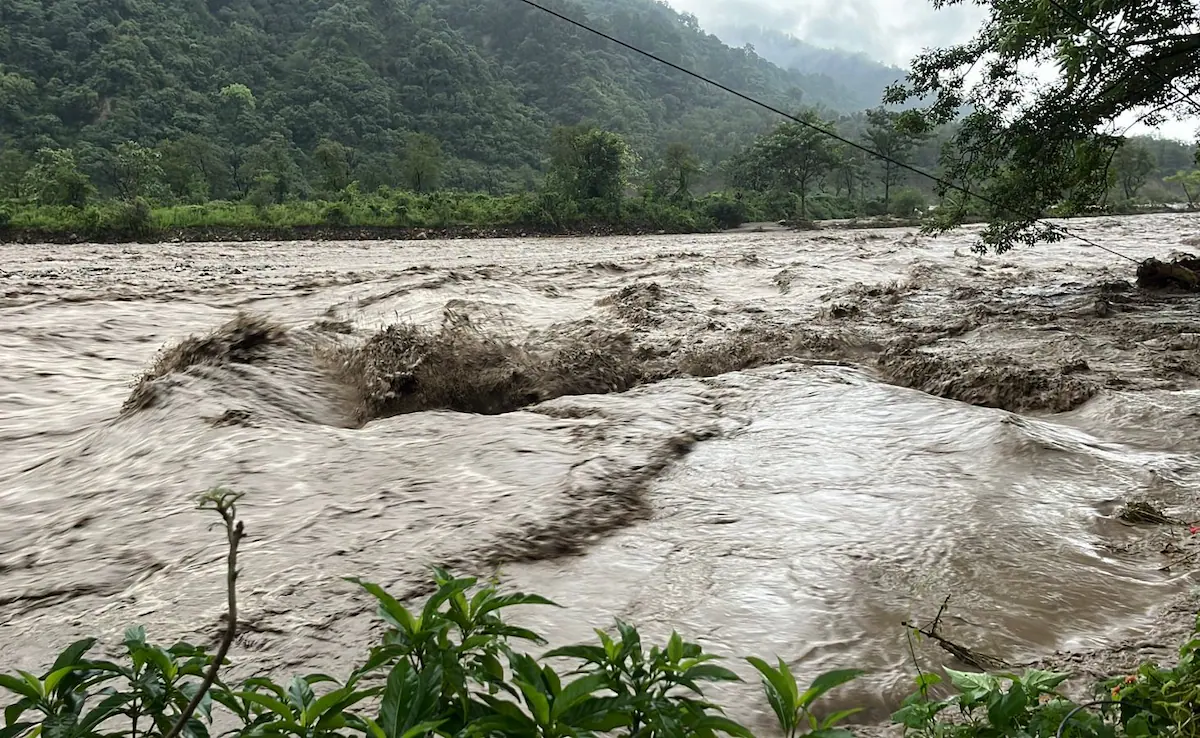Why the Los Angeles ICE Raids Triggered Riots: What Happened and What Comes Next
In early June 2025, Los Angeles became the epicenter of national attention after a series of Immigration and Customs Enforcement (ICE) raids triggered widespread protests, which rapidly escalated into full-blown riots. The situation has sparked intense political debate and public concern, with questions swirling around the federal government’s role in immigration enforcement and its impact on communities.
This blog takes you through what led to the unrest, how it unfolded, and what it means for the future of immigration policy and civil liberties in the United States.
The ICE Raids That Sparked It All
On June 6, 2025, ICE agents conducted a large-scale immigration enforcement operation in Los Angeles County. The raids targeted undocumented workers suspected of using falsified documents for employment. Locations raided included a clothing warehouse in the Fashion District and a major retail outlet in Paramount.
Over 45 individuals were detained during the operation, which was part of a broader federal strategy to crack down on undocumented labor in urban commercial zones. The scale and suddenness of the raids shocked the local population, particularly in Latino and immigrant-heavy communities.
From Protest to Chaos
By the evening of June 6, word of the raids had spread rapidly through social media. Crowds began to gather near the federal detention center in downtown LA, as well as in areas where the raids took place.
While many initial gatherings were peaceful, tensions quickly escalated. Protesters surrounded ICE vehicles, some attempting to block exits or confront federal officers. By the following day, the protests had intensified. Demonstrators threw rocks and other projectiles, prompting law enforcement to respond with tear gas, rubber bullets, and flashbang grenades.
In Paramount, protesters set vehicles ablaze and erected makeshift barricades. Similar scenes unfolded in Compton and Westlake, leading to several injuries among both protesters and law enforcement personnel.
Federal Response: National Guard Deployment
On June 7, the situation took a dramatic turn. Former President Donald Trump, now playing an active advisory role in national immigration policy, announced the deployment of 2,000 National Guard troops to Los Angeles under Title 10 federal authority. The troops were tasked with restoring order and protecting federal assets.
This marked one of the largest domestic National Guard deployments in recent California history, drawing immediate criticism from state and local officials.
Political Fallout and Local Reactions
Los Angeles Mayor Karen Bass strongly condemned the ICE raids, labeling them “acts of terror against our communities.” She urged calm and affirmed the right to peaceful protest but warned that violence would not be tolerated.
California Governor Gavin Newsom was even more critical, accusing the federal government of escalating tensions by deploying the military without proper coordination. He argued that immigration enforcement should not be a catalyst for martial law on American streets.
Trump, in contrast, posted on Truth Social that “RIOTS & LOOTERS must be crushed” and blamed California leadership for allowing “anarchy.”
What Happens Now?
With National Guard troops on the streets of LA and federal raids ongoing, the city remains on edge. Civil rights groups have called for investigations into both the ICE raids and the response by federal law enforcement. The ACLU of Southern California is preparing legal action, citing possible violations of constitutional rights and due process.
Meanwhile, ICE has indicated that more raids are planned, not just in California but nationwide. Their stance is that undocumented labor is a threat to national security and job integrity.
Why This Matters
The LA riots following ICE raids are not just about immigration—they represent a deeper tension between federal authority and local governance. They also highlight how immigration enforcement, when conducted without transparency or accountability, can erode public trust and incite civil unrest.
The situation in Los Angeles serves as a stark reminder of the urgent need for immigration reform that balances security with humanity and legal due process. As the nation watches LA, policymakers must ask: Is this the future we want for our cities?
Conclusion
What started as an immigration enforcement action has turned into a national flashpoint for civil rights, immigration policy, and federal-state relations. With federal forces now patrolling Los Angeles streets, the city has become a battleground not just of protest, but of political ideology and constitutional interpretation.
Whether this marks a turning point in immigration enforcement—or a dangerous precedent—remains to be seen. What is clear, however, is that the voice of the people will be a critical force in shaping what comes next.









